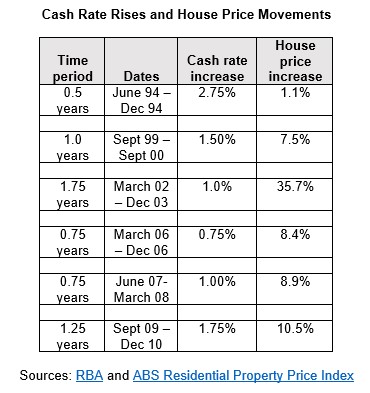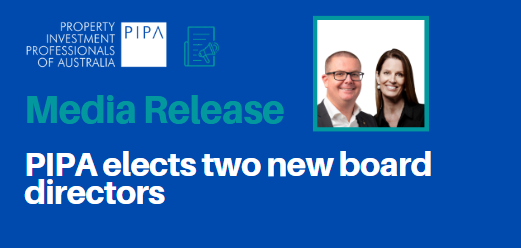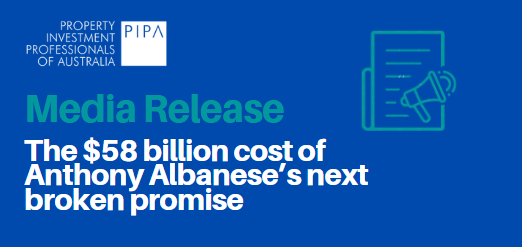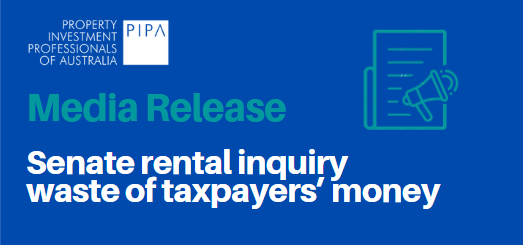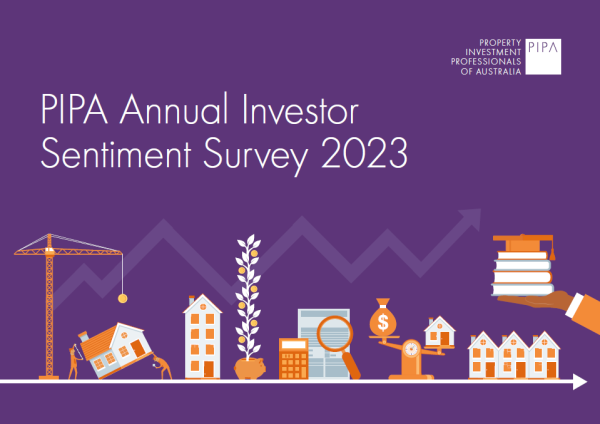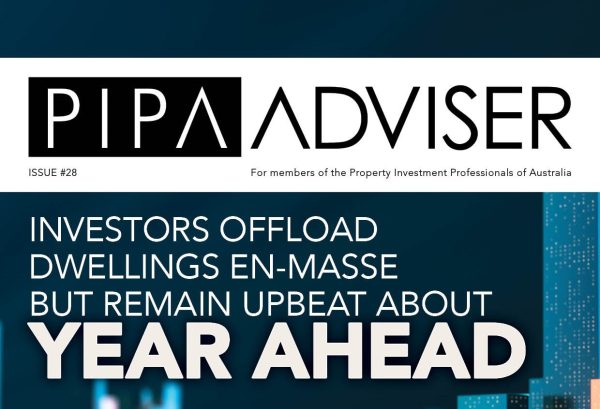Rising interest rates don’t burst property markets
Nov 2021Karen Millers
Categories
Location ReportsMedia releasesNational market updatesPersonal advisersPIPA AdviserPIPA Annual Investor Sentiment SurveysPIPA Member ProfilesPIPA video updatesPIPA webinarsPodcastsProperty advisersProperty newsLatest Articles
Rent rises ease but crisis’ link to population density found to be tenuous
Jordan van den Berg: The ‘Robin Hood’ TikToker taking on Australian landlords
Victorian property investors face yet another new property tax as council tests levy
Rentvesting in Australia: A deep dive
‘More chance of winning lotto’ than housing targets being met
History shows that interest rates do not force property markets into booms or busts, rather it’s often affordability, local economic conditions, consumer sentiment, or access to lending that does, according to new research by the Property Investment Professionals of Australia (PIPA).
PIPA analysis of five periods of increasing cash rate movements since 1994 has shown that house prices continued to rise – sometimes significantly – even after rate rises of up 2.75 percentage points over just six months.
Cash Rate Rises and House Price Movements
PIPA Chairman Peter Koulizos said while the strength or weakness of property markets often had more to do with local economic conditions, including affordability considerations, the data shows that rate adjustments are never the sole underlying reason.
“There has been much conjecture over the past 18 months that record low interest rates are the singular reason why property prices have skyrocketed, when the cash rate was already at a former record low of 0.75 per cent before the pandemic hit,” he said.
“There are clearly a number of factors at play, including some buyer hysteria I’m afraid to say, but one of the main reasons for our booming market conditions is easier access to credit, which was simply not the case two years ago when rates were also low.
“At the end of the day, even when interest rates are low as they have been for years now, if people don’t have access to finance, it really doesn’t matter what the cash rate is.”
Mr Koulizos said some alarmist commentary was being currently being peddled to seemingly scare people into thinking that when interest rates start to rise property prices will automatically start to fall significantly.
Likewise, he said, there appeared to be some scare mongering about many borrowers not being able to afford their mortgages once rates rise by just one percentage point by using extreme levels of mortgage debt as examples.
“The latest ABS Lending Indicators showed that the national average loan size for owner-occupier dwellings was $574,000 in September, which shows that the vast majority of people are not racking up massive singular mortgages of $1 million or more,” Mr Koulizos said.
“While we don’t expect rates to rise for a year or two yet – and when they do, they are unlikely to ramp up rapidly – the monthly mortgage repayments on a $574,000 loan may increase by about $73 per week if the interest rate increased one percentage point. or from three per cent to four per cent.
“It’s vital to understand that new loans are already been stress-tested against much higher interest rates of about 5.65 per cent, so there is little to be gained by alarmist ‘forecasts’ that are just not supported by the data.”
ENDS
For more information, or to organise an interview with Peter Koulizos, please contact:
Bricks & Mortar Media | media@bricksandmortarmedia.com.au | 0405 801 979
